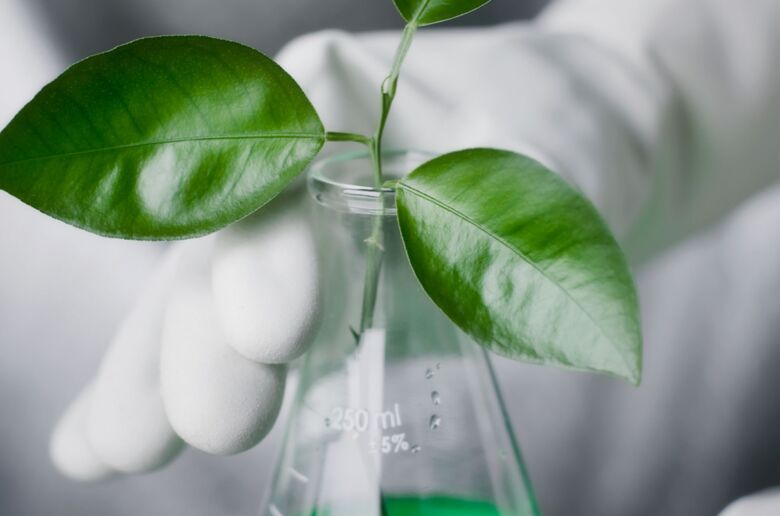Sustainable research laboratory
In this section, you will find inspirations to make daily work environment more sustainable in various ways along with information about replacing toxic chemicals with less-toxic alternatives.

General information for laboratory researchers
Green lab is an innovative approach to reduce consumption in laboratory research, which can be achieved through various ways. The non-profit organization ‘my green lab’ provides a wealth of information on achieving sustainable developments. Several well-known universities across the world have developed their sustainability development programs, including Massachusetts Institute of Technology (MIT), Princeton University, University of Edinburgh, Uppsala University.
Networking opportunities towards sustainable development
For those of you who would like to become a part of an international network and work towards sustainable development in research, you will find more information from the ‘Sustainable European Laboratories Network’ or ‘The federation of European biochemical societies’. National networking cooperation can be initiated by joining the ‘Towards Greener Research Network’.
Sustainable development needs safer chemicals
The Royal Society of Chemistry (RSC) provides a detailed description on how to minimize environmental footprint of research through their website.
The Organization for Economic Cooperation and Development (OECD) highlighted the availability and possibilities of safer chemical alternatives which can be used to replace harmful/toxic chemicals used in laboratory research.
The Swedish Chemicals Agency (KEMI) lays down the details of substitution of hazardous substances and the process involved with guidance for users.
There are also several blogposts which can be an interesting source of inspiration for developing a sustainable laboratory, for example – Biosistemika and BiteSizeBio.
Sustainable research at KI
Do you need support or tips for research within sustainable development?
Please contact Environment and Sustainability Representative Sumonto Mitra.
Selected publications
What can you do to make your lab greener?
Madhusoodanan J
Nature 2020 May;581(7807):228-229
Connections between laboratory research and climate change: what scientists and policy makers can do to reduce environmental impacts.
Greever C, Ramirez-Aguilar K, Connelly J
FEBS Lett 2020 Oct;594(19):3079-3085
Ten simple rules to make your research more sustainable.
Ligozat AL, Névéol A, Daly B, Frenoux E
PLoS Comput Biol 2020 Sep;16(9):e1008148
A pathway to net zero emissions for healthcare.
Salas RN, Maibach E, Pencheon D, Watts N, Frumkin H
BMJ 2020 Oct;371():m3785
Green research labs: Zero net emissions from Venter facility.
Venter JC, Friedman RM
Nature 2015 Apr;520(7547):295
Reducing the Environmental Impact of Clinical Laboratories.
Lopez JB, Jackson D, Gammie A, Badrick T
Clin Biochem Rev 2017 Feb;38(1):3-11
Managing the environmental impact of research.
Pencheon DC
Trials 2011 Mar;12():80
Alternatives Assessment Frameworks: Research Needs for the Informed Substitution of Hazardous Chemicals.
Jacobs MM, Malloy TF, Tickner JA, Edwards S
Environ Health Perspect 2016 Mar;124(3):265-80
Ten simple rules to make your computing more environmentally sustainable.
Lannelongue L, Grealey J, Bateman A, Inouye M
PLoS Comput Biol 2021 Sep;17(9):e1009324
